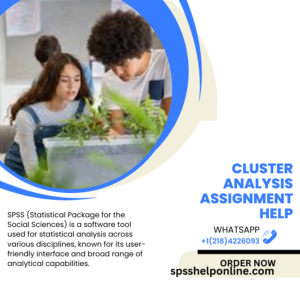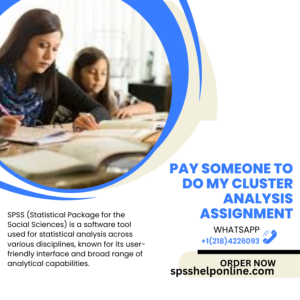What is Cluster Analysis?
Cluster analysis is an unsupervised learning algorithm based on the assumption that natural groups exist within a dataset. It’s often employed during exploratory data analyses to unearth different structures within data. Unfortunately, it doesn’t give insight into their meaning or significance, but can provide some clues as to where associations and patterns may lie within certain datasets.
Clustering is often utilized in market research as a method to segment consumers into distinct subpopulations that can be targeted more directly with marketing strategies, or to establish test markets for new products or services.
Clustering can be used in tandem with techniques like factor analysis to reduce the size and complexity of Datasets, making them simpler to process and understand. For instance, in customer satisfaction surveys containing numerous questions about customer experiences, factor analysis can help simplify some questions by replacing some question text with simple aggregations from original responses, thus decreasing from 10 variables down to 3. Afterward, cluster analysis can then be applied on these simplified groups in order to identify clusters of similar customers which could potentially be targeted with marketing campaigns.
Data Cleaning
“Garbage in, garbage out” is one of the guiding principles of data analytics. That means bad or incomplete data will skew results; to prevent costly mistakes and ensure accurate analyses. Therefore, regularly cleaning dirty data to avoid costly errors is vital to ensure accurate results from an analysis process.
Data cleansing is the practice of revising, rectifying and organizing data sets so they are ready for analysis. It addresses errors, inconsistencies, duplicates and redundancies to improve data quality – an integral component of data preparation work which makes data sets suitable for business intelligence (BI) or data science applications.
Scrubbing or cleaning data is an integral step in any data analysis project, as bad or incomplete data will distort Model Results – such as outliers skewing averages and mean values. There are various tools you can use to clean your data effectively; Sigma AI’s Input Tables feature is one such solution which makes the task easy – clean, classify, extract, autofilling tables seamlessly!
Factor Analysis
Factor analysis is a statistical technique designed to isolate and identify hidden variables or “factors,” that influence observed data. It can help compress large datasets while providing insight into how variables connect. Factor analysis has wide-ranging applications in market research, psychology, field biology, sociology, technology and education – among others.
Explore and verify existing factors using exploratory and confirmatory factor analyses respectively. Exploratory analyses aim at discovering new relationships within your data while confirmatory analyses examine existing ones to ensure their validity.
Businesses often rely on factor analysis to simplify their research. For instance, companies may employ it when conducting employee satisfaction surveys using Likert Scales or numerical scales to rate employees on job satisfaction and other aspects of work. With Factor Analysis, businesses can reduce the number of variables down to three or four and make interpretation and action much simpler. Furthermore, factor analysis can also be combined with other segmentation techniques, like KMeans segmentation for targeted marketing campaigns or product offerings.
Clustering Methods
Clustering can be an excellent starting point when it comes to data discovery; however, it should only be seen as one component of an overall strategy. Clustering can help structure datasets and answer basic queries more quickly but isn’t sufficient for deeper analyses or more complicated machine learning models.
Clustering should serve more as a preprocessing step for other machine learning algorithms that do the heavy lifting, helping you to focus more on gaining deeper insights from your dataset while still getting valuable information out of it.
Clustering can be used in various business use cases, from creating customer personas to identifying areas needing additional resources or attention. A bookstore might use clustering to identify groups of customers that share similar reading preferences and shopping habits so as to tailor targeted Marketing Campaigns that ultimately increase sales and customer loyalty. Furthermore, clustering can also help organizations identify clusters of employee data such as job satisfaction levels or workplace culture to support employee development initiatives.



